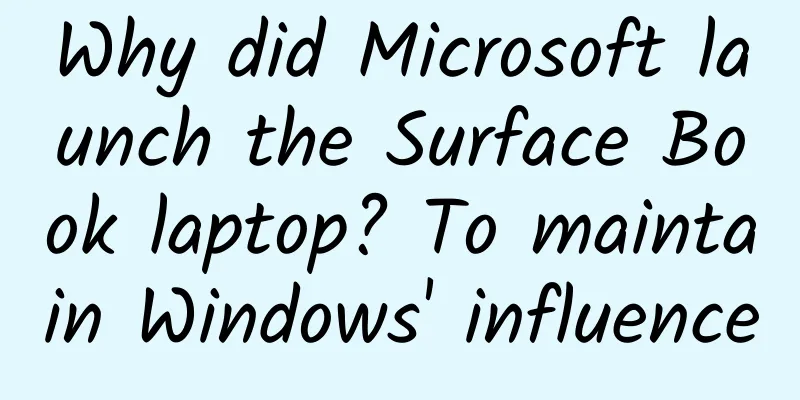Huawei collects 5G patent fees, but is actually being forced into a corner

|
Ding Jianxin, director of Huawei's Intellectual Property Department, revealed at the launch of the "Huawei Innovation and Intellectual Property White Paper 2020" at Huawei's Shenzhen headquarters on the 16th that Huawei expects its intellectual property revenue to be between US$1.2 billion and US$1.3 billion in the three years from 2019 to 2021. Huawei is willing to charge a standard essential patent licensing fee of no more than US$2.5 per mobile phone that complies with 5G standards based on the principles of fairness, reasonableness and non-discrimination.
Huawei has invested a lot of resources in 5G research and development. Now it charges 2.5 US dollars in patent fees per device according to international standards, which is understandable. In fact, this money is not much. In 2019, the sales volume of 5G mobile phones was very small, only tens of millions worldwide. According to the data of current research companies, the global sales volume of 5G mobile phones in 2020 is probably less than 300 million. Assuming that the sales volume of 5G mobile phones doubles this year, it means the sales volume is 500-600 million. Add up to about 800 million units, which means that at most, the patent fee will be more than a billion US dollars. Although the gross profit of this income seems very high, collecting this money at this point in time is actually not a good thing. Huawei is not like Qualcomm. Qualcomm relies on selling patents and components, while Huawei sells complete devices. The industrial chain of high-tech products is very long, and a product involves many patents. Few companies can hold all the patents for a certain product in their own hands. In most cases, some patents are in their own hands, and some are in the hands of other companies. When necessary, cross-licensing is done. If you encounter a company like Qualcomm that does not make the final product or makes less, you have to pay patent fees. At this juncture, it is obvious that Huawei can no longer carry out its mobile phone business normally due to the marketing ban, so naturally there is no need to exchange patents with other companies, so it can collect patent fees from others. After losing a mobile phone business worth hundreds of billions, in exchange for such a business worth tens of billions, anyone who is not stupid can see the helplessness. The so-called "counterattack" and "countermeasures" are nonsense, in fact, it is the helplessness of being forced into a corner. The business of collecting patent fees seems to have a fat gross profit, but the scale is not large. For example, everyone knows that Qualcomm is the father of Xiaomi, but looking at the financial data in 2019, Qualcomm's total revenue is not as much as Xiaomi (although the gross profit margin is much higher). Therefore, this amount of patent fees can't make up for the gap caused by Huawei's loss of its mobile phone business. It can only make a little bit of money and survive first. |
Recommend
What does a tree sparrow look like?
When it comes to wild birds, sparrows are probabl...
4 steps to create a National Day marketing campaign plan!
I have read many books on training marketing dire...
How was the underground world built?
On the one hand, modern architecture develops tow...
Recycling goods at low prices, a high-profit money-making project in the sinking market
As we all know, with the development of the Inter...
Foreign trade promotion: Google bidding promotion or Google optimization?
From the moment you decide to do Google foreign t...
Renault sets up autonomous driving demonstration zone in China, which will be open to tourists
Renault Group, Dongfeng Renault Automobile Co., L...
What are the requirements for placing the Wenchang Tower?
I believe that friends who have some knowledge of...
Controller or remote control? Where is the future of TV game peripherals?
The booming development of TV games has also allo...
With wolves in front and tigers behind, is there still hope for Sony mobile phones?
The current smartphone market structure is basica...
Microsoft explains iOS app porting project: Sandbox-free access to Win10 API
Currently, Microsoft's Android application po...
The PC industry is unable to grow rapidly. Are Microsoft and Intel stuck in a quagmire?
January 14, 2013 To the surprise of some, the PC ...
Baidu Knows’ first product manager: Communities are all about the world, how do we handle user conflicts?
Wherever there is role distinction, there is role...
What should I do if my website is blocked (K) by Baidu and Google?
Friends who have built websites have had this exp...
How to implement real-name management of migrant workers’ wages? Requirements for real-name management of migrant workers
Generally, migrant workers working in factories o...
Important reminder! 9 important points to note when doing antigen self-test
recently In response to some netizens' questi...







![[Smart Farmers] Named after "Beauty"! Uncovering the secrets of the "civil and military" canna that migrated from the tropics](/upload/images/67f214ee8efcd.webp)

